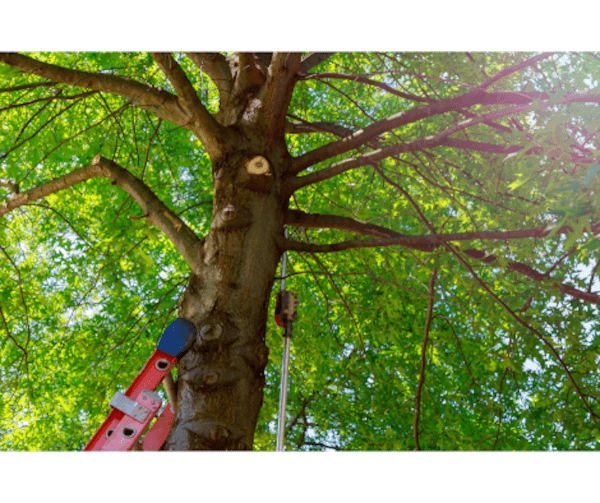
Stamped concrete can be a cost-effective alternative to pavers and other decorative materials. It can also be a great option for new construction projects. It can be applied as an overlay over existing concrete slabs or imprinted into freshly poured concrete before it sets. The process involves using a color release agent and placing stamps with a specific geometric pattern that mimics wood, tile, stone, brick, or cobblestone. A few tips from Concrete Contractors Colorado Springs can help you start on the right foot. It’s Easy To Maintain One of the biggest advantages of stamped concrete over other types of decorative materials is that it’s much easier to maintain. This is especially true in the winter when freezing and thawing can cause damage to natural stones or even traditional concrete. Because stamped concrete is made of aggregate and cement, it’s naturally less prone to cracking and is also resistant to stains. That being said, it’s a good idea to seal your concrete once a year to keep it looking its best and to protect it from the elements. The beauty of stamped concrete is that it’s incredibly versatile and can be designed to mimic the look of nearly any type of material. This means that you can get the look of stone, wood, slate, or tile without the hefty price tag. Many homeowners choose to match their stamped concrete with the surrounding landscape or their home’s architectural style. To keep your stamped concrete looking its best, sweep it regularly and wash it with a garden hose or pressure washer periodically to remove dirt build-up. Use a mild detergent that is safe for concrete. Avoid acidic or abrasive cleaners, as these can damage the surface. Since stamped concrete is so easy to maintain, it’s a great choice for driveways, patios, pool decks, and more. However, if you are considering stamped concrete for your home, it’s important to work with a licensed and insured contractor. They will have the necessary skills and equipment to ensure that your project is done correctly. If you decide to do it yourself, be sure to follow the manufacturer’s instructions carefully and mix and pour the concrete according to the recommendations. It’s also a good idea to test the concrete for moisture before you begin stamping it, as it will help prevent problems later on. It’s also a good idea not to park cars on newly stamped concrete until it has had a chance to fully cure. This is because the tires can leave behind salt residue that can etch and damage the concrete. If possible, park your cars on the street and wipe them down before entering your driveway. It’s Versatile The possibilities for design are endless when it comes to stamped concrete. The patterns can mimic natural stone, cobblestone, brick, slate, wood, and a multitude of other textures and materials. In addition, the concrete can be colored in an almost limitless variety of hues and shades. This versatility allows you to create a floor that perfectly suits your home’s architecture, surrounding landscape, and personal style. Stamped concrete is a cost-effective alternative to other hardscaping materials that can add a dramatic impact to driveways, patios, walkways, and pool decks. The process also goes much faster than laying brick or tile. Additionally, the concrete is stronger and more durable than most other materials. A professional concrete company can help you determine the best color, pattern, and texture to complement your home and landscaping. They can even suggest a finish that will hold up to heavy traffic and weather the elements. In addition, they can incorporate an antiquing technique that makes the surface look more like natural stone or aged brick. If you’re interested in a more rustic, Old World aesthetic, you might choose a stamped concrete pattern that imitates cobblestones or fieldstones with warm earthy tones. On the other hand, if you’re looking for something more contemporary, a sleek slate or tile pattern in cool gray hues might be the perfect choice. Another way to achieve a unique look is by using an aggregate overlay. This type of overlay contains small pebbles, crushed glass, or other materials that enhance the appearance of the stamped concrete. The added texture and sheen also add to the durability of the finished product. The stamped concrete can be stained to further enhance its color and pattern. Staining is done with liquid or powdered release agents. These agents serve two purposes: They impart a fine-textured color to the concrete and act as a bond breaker, helping to ensure a clean imprint. They can also be used to create a random, antiquing effect. In general, the colors used on stamped concrete are earth tones that are meant to match the material the concrete is mimicking. These include browns and tans, as well as grays and charcoals. They can also be stained with reddish hues to create the look of brick or terra cotta. It’s Affordable Compared to pavers, slabs, and other types of paving materials, stamped concrete is a more affordable option. It is especially beneficial for homeowners who want to create a unique aesthetic without breaking the bank. Unlike pavers, which have regular seams, stamped concrete has no joints, making it more durable and easier to clean. It also allows for the construction of permeable pavements, allowing water to pass through and avoid flooding or pools of water after rainstorms. Aesthetically, stamped concrete can be customized in endless ways. The design, pattern, and color can be matched to your surrounding landscape and home’s architectural style. It is also possible to incorporate a custom logo or monogram, adding an element of personalization that would not be possible with other paving materials. In addition, the installation process of stamped concrete is relatively quick compared to other materials. This saves time and money during construction, as well as reducing the impact on the environment. Stamped concrete can be used to make a wide variety of structures, from patios and driveways to garden paths and pool […]

